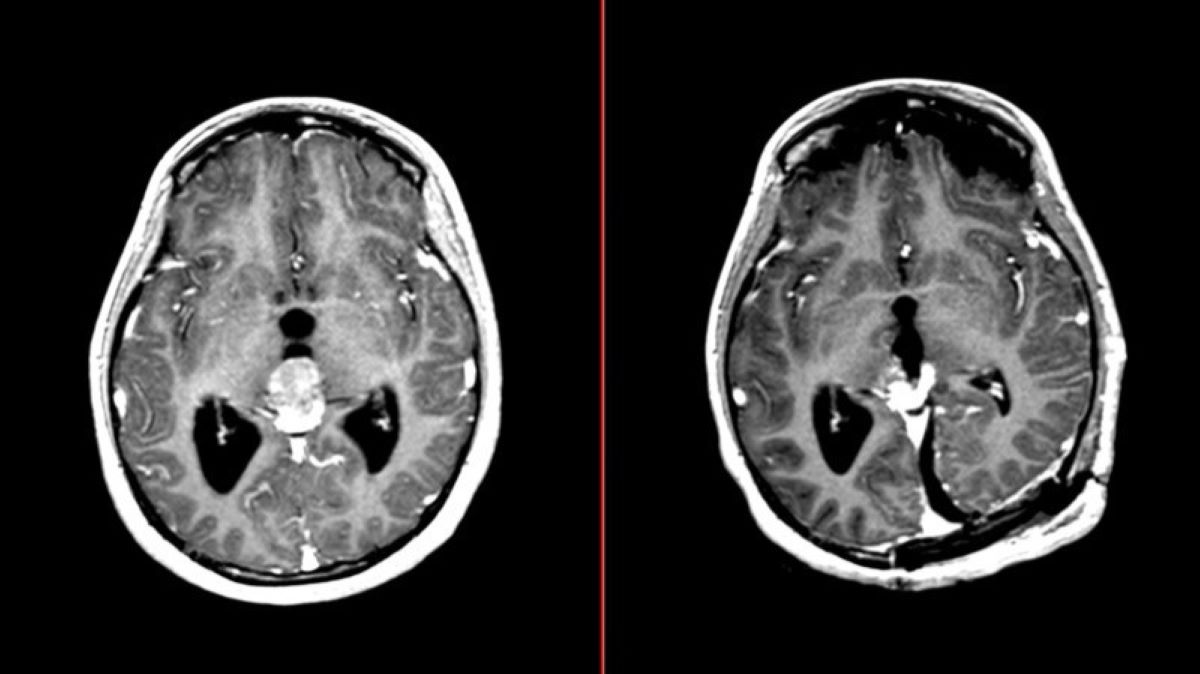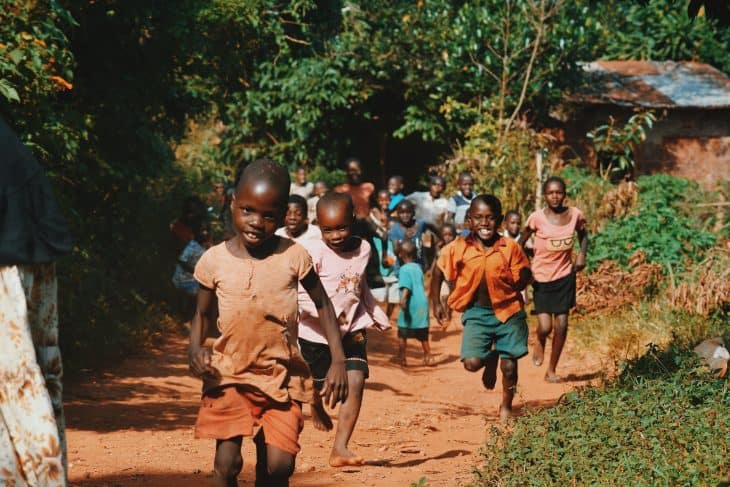
When you think about Haiti, the first thing you might associate with it is the 2010 earthquake, or people working to put food on their tables. However, there’s more to Haiti than its hardships. Behind its dire system is a beautiful Caribbean nation with a rich cultural depth and history. Despite its horrible past and present struggles, these Haiti facts may bring us closer to how the country has been braving all the storms from its past to the present.
- Haiti spans 27,750 square kilometers, which is slightly smaller than Maryland.
- Out of the total land area in Haiti, 73 square miles of it is water and 10,641 square miles island.
- As of July 2020, the population in Haiti has reached 11,067,777.
- You can find Haiti with the coordinates of 18.5333° N, 72.3333°.
- On January 1, 1804, Haiti won its independence from France, making it the second oldest nation to become independent in the Western Hemisphere.
- Haiti is the most mountainous country that you can find in the Caribbean.
- The terrain in Haiti is mostly mountainous and rough with a lot of sandy beaches that you can explore.
- Haiti’s official languages are Haitian Creole and French.
- Haiti’s capital is Port-au-Prince and it covers 36.04 square kilometers in land area.
- Locals and tourists can enjoy the tropical climate in Haiti.
- Haitian Gourde is Haiti’s official currency.
- Tourism, textiles, sugar refining, flour milling, and cement are Haiti’s main source of industry.
- Haiti is the Caribbean’s third-largest country.
- Christopher Columbus discovered Haiti in 1495 and he called it Hispaniola.
- The national sport in Haiti is soccer.
- The average lifespan of people living in Haiti is 63.29 years.
- Haiti has 14 airports, but only 4 of these have finished runways.
- Only 5 out of 1,000 people in Haiti have cars.
- When Columbus first saw Haiti, he thought it was either Asia or India.
- Haiti had over seventy different dictators between the 1804 to 1915.
Haiti Facts Infographics
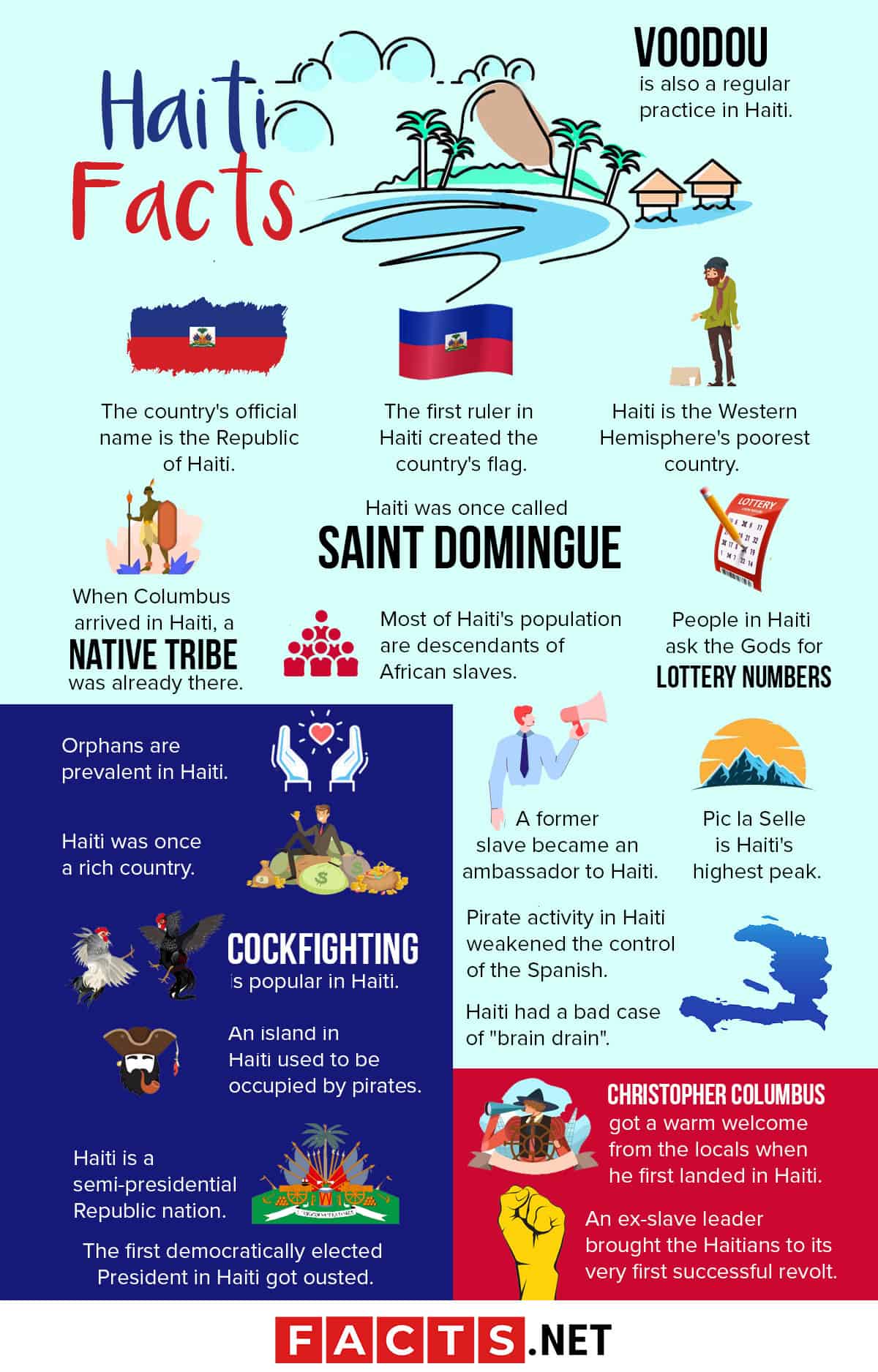
The country's official name is the Republic of Haiti.
Occupying three-eighths of the western islands of Hispaniola, Haiti is a sovereign nation lying in the Caribbean region’s Greater Antilles archipelago. The other portion of the island houses the Dominican Republic population. In terms of location, Haiti also shares maritime borders with Jamaica, the Bahamas, Cuba, and Colombia.
When Columbus arrived in Haiti, a native tribe was already there.
In 1492, Christopher Columbus arrived in Haiti to find that the Taino tribe had already been inhabiting the island. As the first Native Haitians, these pre-Columbian Amerindians’ name Taino translates to “the good people.” They named the land Ayiti, which means the land of the mountains. Later on, the term became Haiti. How’s that for historic Haiti facts?
Haiti was once called Saint Domingue.
When Columbus got to the island, he called it La Isla Espanola, which simply translates to “Spanish Isle.” When the people of Haiti gained their independence, they changed the island’s name from the colonial Saint Domingue to the Creole Ayiti.
Haiti is the Western Hemisphere's poorest country.
At least 80% of Haiti’s population live under the country’s poverty line while 54% live in abject poverty. With 70% of the population without regular jobs, unemployment is also a challenge that the country faces. A typical Haitian makes at least $2.75 in a day.
Voodou is also a regular practice in Haiti.
The mystical practice of Voodou plays a large role in the country’s culture. While Catholicism takes up 70% of the population, Protestantism at 16% and other minor denominations at 4%, a large number of locals practice Voodou. Because of its popularity, a National Geographic Channel reporter even documented the Haitian Voodou for over 10 years. Now there’s one for interesting Haiti facts.
Orphans are prevalent in Haiti.
In the Western Hemisphere, Haiti has the highest percentage of orphans. This is largely due to problems such as AIDS and violence. Even before the earthquake that struck the country in 2010, almost 430,000 Haitian children have already been orphans. Since most of these orphans do not have access to a proper school setting, only 53% of the population can write and read.
Haiti was once a rich country.
During the 18th century, Haiti was the French Empire’s richest colony. Because of this, it was known far and wide as the “Pearl of the Antilles.” Haiti became rich because of environmental exploitation and the importation of slaves. However, nothing lasts forever.
All the illegal things that made the country rich bounced back to a spiral of the lowest of the lows. The country now suffers natural disasters like flooding and hurricanes. All of this is because of the massive deforestation rampant in the country since the French occupation.
The first ruler in Haiti created the country's flag.
As the first ruler of the country, revolutionary leader Jean-Jacques Dessalines also designed Haiti’s first flag. In 1803, he made the flag by ripping the white stripe from the French flag, symbolizing his removal of all the colonizers in the country. The remaining colors of red and blue stripes represent the country’s natives. Between the remaining colors lies the coat of arms of Haiti. Definitely one of the more admirable Haiti facts.
Most of Haiti's population are descendants of African slaves.
Today, at least 95% of the total Haitian population have ancestry from African slaves. During the French occupation, most of the slaves came from Haiti. The other 5% of the population that live in the country now are of mixed descent.
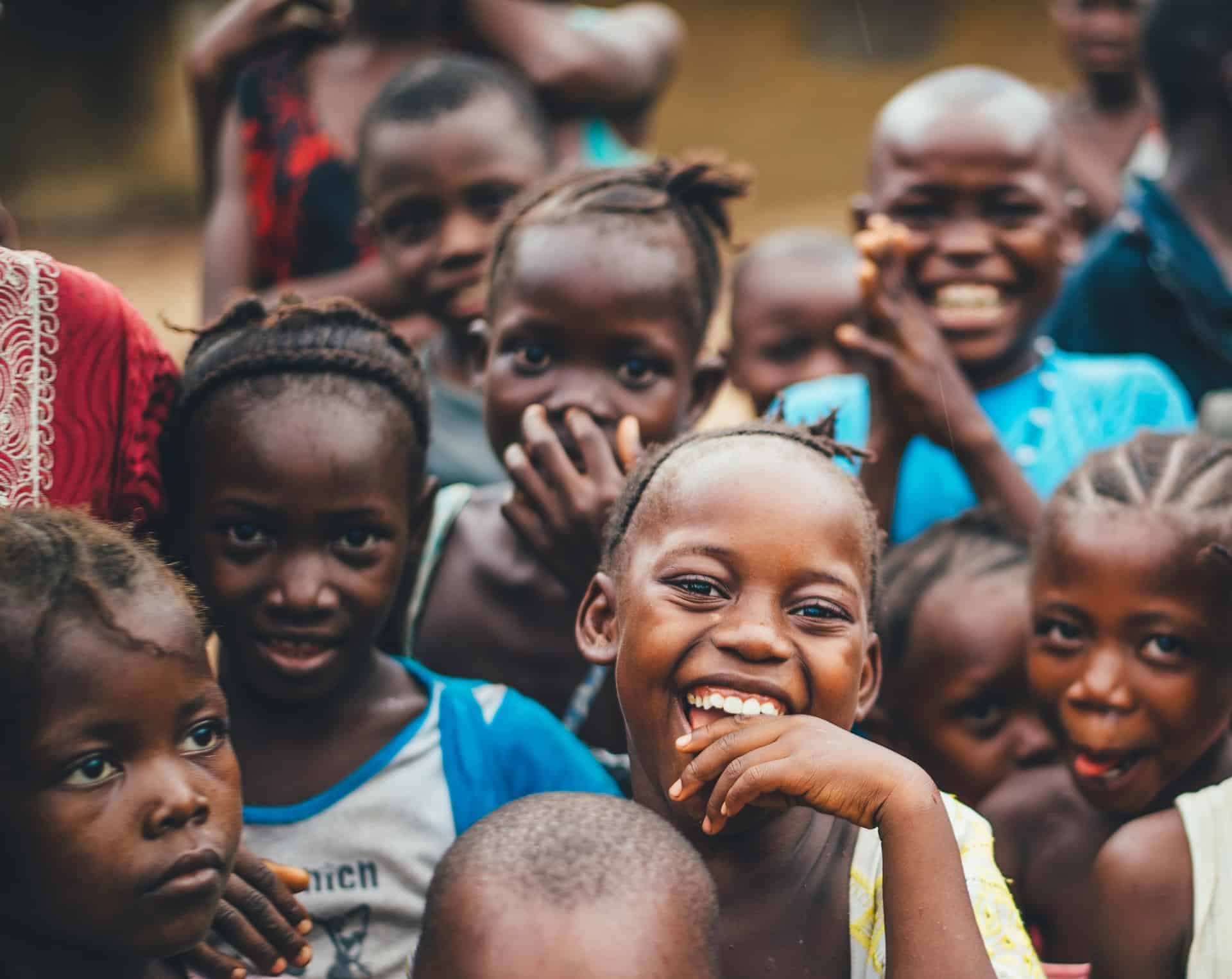
People in Haiti ask the Gods for lottery numbers.
One of the most interesting Haiti facts is that the people in the country love to gamble. According to a traditional Haitian belief, all the good things that come to their lives depend on how the gods fancy their bets. Since Voodou is a common practice in Haiti, they implore the gods during this time. Sometimes, they would even ask the deities they worship to reveal lottery numbers that are a sure win.
Cockfighting is popular in Haiti.
For all of Haiti’s traditional sports, cockfighting may just be the most popular. Haitians not only do it for fun, but also as a way for them to earn money. If they win, they can bring home around $67 which is way more than what a person with a regular job can earn for an entire month in the country. Traditionally, Haitians feed their roosters with hot peppers and raw meat with rum to make them tough and aggressive.
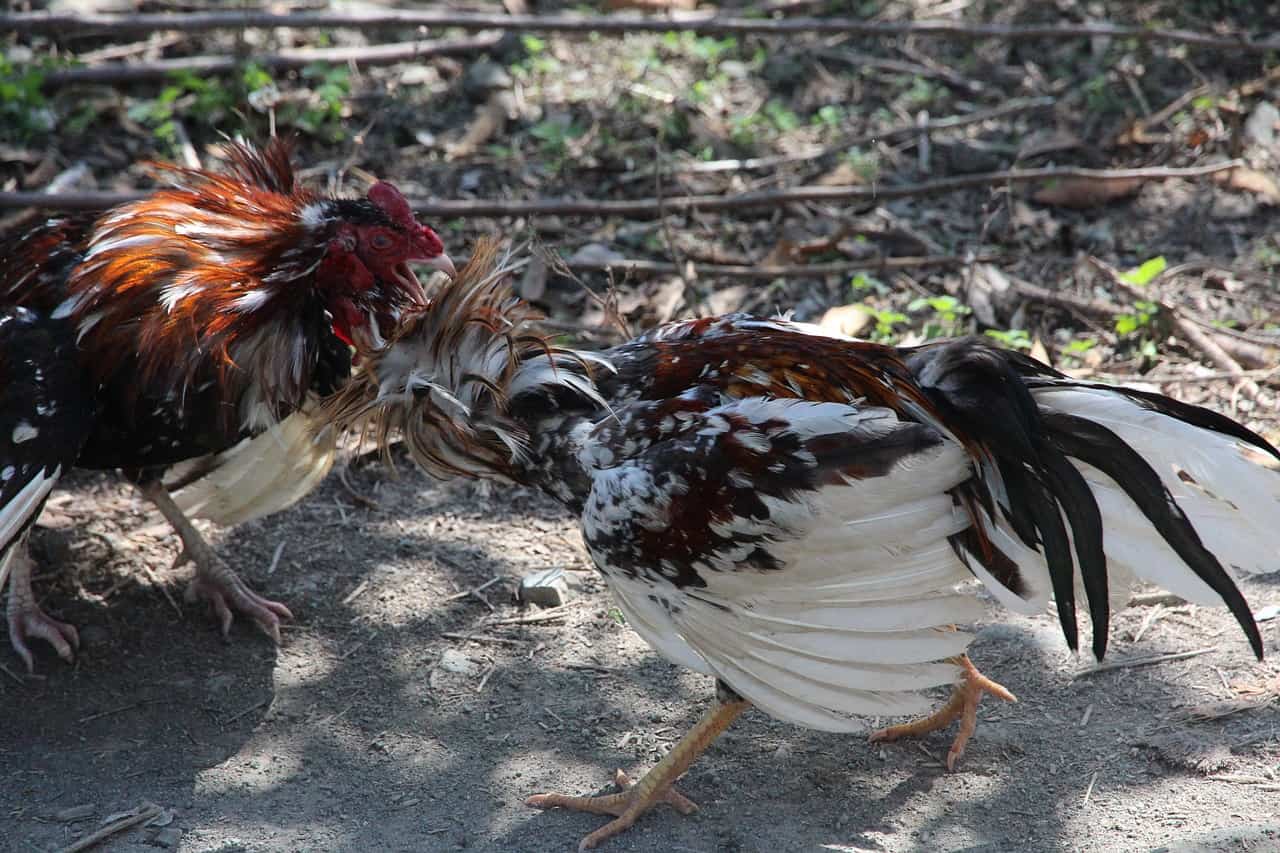
A former slave became an ambassador to Haiti.
When Frederick Douglass got the opportunity to escape slavery in 1838, he became an activist, a public speaker, and a prominent author. Aside from that, he led many movements to abolish slavery before and after the Civil War. Because of his works, he also became the United States Ambassador for Haiti on June 26, 1889. This is one of those Haiti facts that will make you realize that your current situation is not forever. Better things are coming!
Pic la Selle is Haiti's highest peak.
Also called the Morne La Selle, Haiti’s highest peak stands 2,680 meters above sea level. It lies in the administrative department of Ouest, as part of the mountain ranges of Chaîne de la Selle.
An island in Haiti used to be occupied by pirates.
On the mainland’s northern coast lies a mountainous and rocky island called Tortuga. During the 17th century, this island served as home to the pirate stronghold Fort de Roche. Nowadays, it’s a popular tourist destination because of its wide white sands. Locals and natives call it Île de la Tortue, referencing the island’s turtle-like shape.
Christopher Columbus got a warm welcome from the locals when he first landed in Haiti.
When Christopher Columbus reached the island in 1492, the Taino or the natives did not know the foreigner’s intentions, accepting him with warm greetings and offerings. After the arrival of the Spanish on the island, the native population dropped from 400,000 to 60,000. This is because of the devastating political, immunological, social, and political effects of the colonizers. Ten years after Columbus stepped into the country, around 3,000 Tainos remained in the country.
Pirate activity in Haiti weakened the control of the Spanish.
In early history, the Northern Coast of Haiti had consistent pirate activity, which significantly weakened Spanish control. In 1697, Spain already gave France the Hispaniola’s western region, which is now known as Haiti. The remaining part of Hispaniola still remained under the control of the Spanish, which is now known as the Dominican Republic.
An ex-slave leader brought the Haitians to its very first successful revolt.
With at least 500,000 Haitian slaves, Toussaint L’Ouverture formed and led a revolution against the French colonialists in 1791. By 1974, the revolt became the first successful revolt against slaves in the country. This success also made Haiti the first black Republic in history.
Haiti had a bad case of "brain drain".
Throughout the late 20th century, Haiti experienced a “brain drain” where professionals, business people, and the educated left the country to escape the hands of brutal dictators. The departure of these professionals took a toll on the country as Haiti was left with only a few skilled workers to run schools, government offices, health centers, and businesses.
Haiti is a semi-presidential Republic nation.
Between the years 1804 to 1915, around 70 dictators became Haiti’s rulers. In March 1987, the country finally got its semi-presidential republic type of government. In this system, people will elect the President who will serve as the head of state. The President then appoints a Prime Minister to head the government.
The first democratically elected President in Haiti got ousted.
In December 1990, Jean-Bertrand Aristide won the first free election in Haiti. Before he got the presidential seat, he was a former politician and priest. After only a year, he was ousted on September 29th, 1991, by a military coup. Several days later, he fled the country. However, he still served as the country’s president in 1994 to 1996 as well as 2001 to 2004. Unsurprisingly, he got ousted again in the latter part of his presidential years. You can definitely trace the political struggle of the Haitians in these Haiti facts.
Haiti has a high cost of living.
Families that live in Haiti spend almost 60% of their monthly income on food. Those in the poorest groups spend at least 70-80% of what they earn for food alone. This leaves the household short for other basic necessities like clothing and medical expenses. Definitely one of the more alarming Haiti facts.
Haiti suffers from a lack of better healthcare facilities.
In terms of healthcare, Haiti can only allow 1 hospital bed for every 10,000 patients. Meanwhile, the ratio of doctors and nurses to a patient is at 8 : 100,000. This just shows a shortage of healthcare workers and hospital facilities in Haiti.
There are low life expectancy rates in Haiti.
According to experts, Haiti’s life expectancy for women is at 53 years, while it is 50 years for men. Compared to other countries in the Americas, Haiti has a significantly lower life expectancy. This is mainly because of the lifestyle that Haitians maintain. Due to how expensive food is, most people live on a low caloric intake which makes them more vulnerable to diseases.
Malnutrition is a major problem in Haiti.
Tied to their low life expectancy rates, diseases also constantly plague the country. For one, at least 59% of the children in Haiti from six months to 5 years old suffer from anemia. Chronic malnutrition is also a common battle for over 30-40% of the population in Haiti.
Spanish explorers once killed a ruler in Haiti.
In 1503, the Spanish Explorers got acquainted with Anacaona or the “Golden Flower.” This female ruler objected the colonizers, which led the Spanish to arrest and killed many of her people. Later on, she was hanged in public as a warning to those who showed defiance to the colonizers.
Haiti has a high mortality rate.
Among all the countries in the Americas, Haiti is one of those with the highest mortality rates. For every 1,000 births, there are 74 deaths. In terms of maternal mortality there are 520 deaths for every 100,000 births. Compared to the US statistic of only 14 maternal deaths for 100,000 births, this is definitely much higher.
The Haiti earthquake of 2010 gravely affected its people.
On January 12th, 2010, an earthquake ravaged Haiti as one of the most devastating disasters the country has ever experienced. Approximately 300,000 people got injured with over 250,000 people died from the said disaster. Similarly, around 3 million people suffered the after-effects of the earthquake. With the country being the poorest in the Western Hemisphere, over 1.5 million people were displaced by the incident.
The magnitude 7.0 earthquake's epicenter was at Port-au-Prince.
The earthquake that struck Haiti had its epicenter in the capital city, Port-au-Prince. With at least 2 million people in the area, many of their multi-story buildings collapsed into a deadly heap. The earthquake’s point of impact also had a high level of energy, which caused a devastating effect on the shallow ground level of the country.
Help came for Haiti during and after the earthquake.
In the aftermath of the earthquake, private donors and international agencies donated an estimated $16 billion towards the country’s recovery. However, recurring disasters made it hard for the country to bounce back and overcome poverty in Haiti.
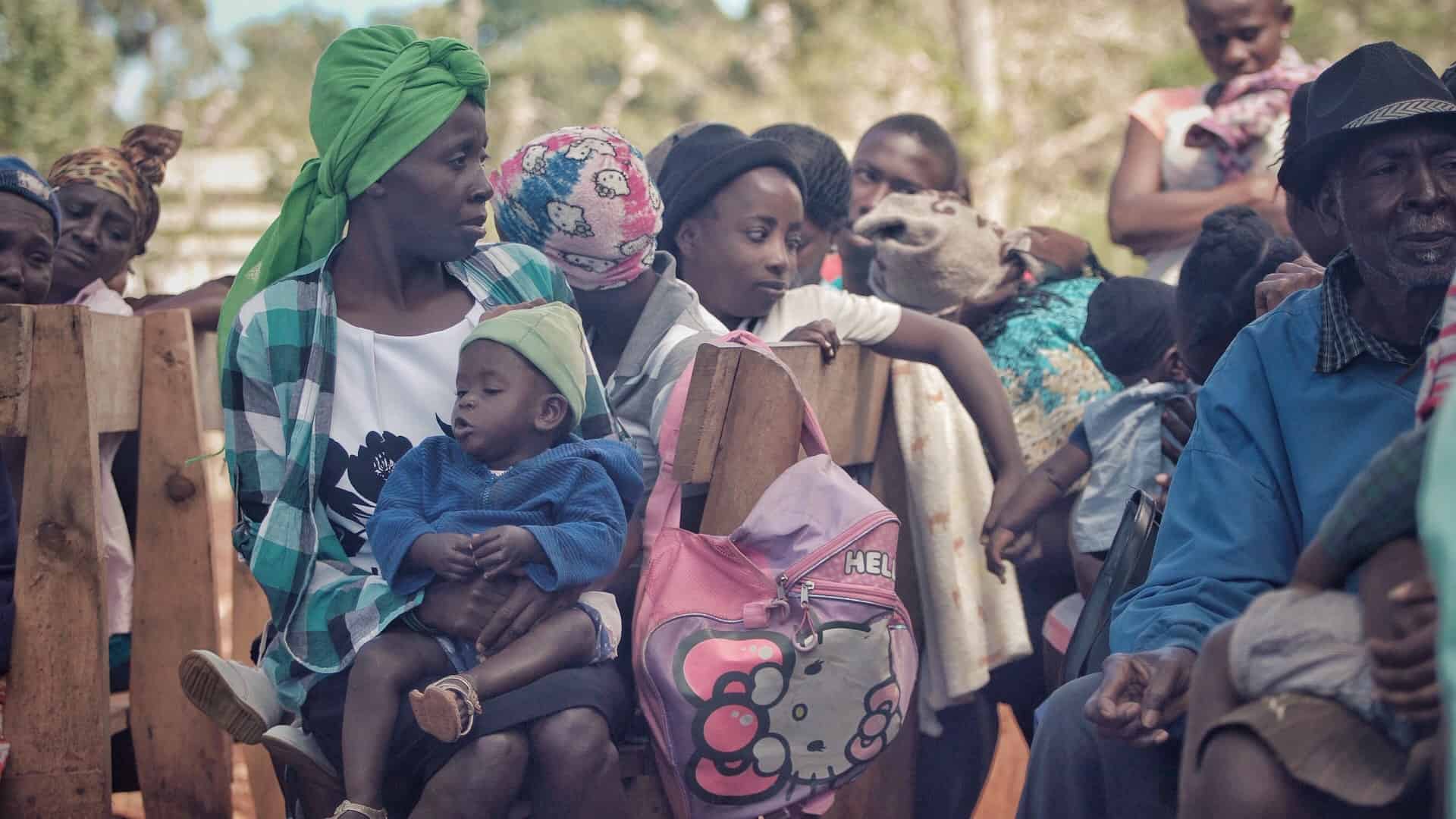
Sanitation facilities come scarce in Haiti.
Aside from injuries and casualties, the 2010 Haiti earthquake also caused billions worth of damage in properties. Even before that, only 54% of the population had access to proper sanitation facilities like sewer systems, toilets, and indoor plumbing. You can only imagine how the earthquake brought that number further down.
Many factors affect the issues that Haiti is facing now.
Limited access to basic resources, lack of infrastructures, and weak political governance are some of the main factors that affect Haiti’s development. Because of this, Haiti is among one of the least developed countries.
Haiti is North America's only low-income country.
Around two-thirds of the population in Haiti depend on agriculture to earn a living. They grow ram, corn, cowpeas, plantains, and bananas. However, environmental shocks like floods and droughts make their crops vulnerable. Soil erosion and lack of irrigation also limits the yields of their harvest. These conditions make it hard for the industry of agriculture to thrive in the country.
The rivers in Haiti suffer from pollution.
Human and other kinds of waste constantly pollute Haitian rivers. Because of this, people regularly contract typhoid and hookworm from contaminated water and food. In fact, these conditions are the main causes for hospitalizations in Haiti.
Only one public university can be found in Haiti.
Port-au-Prince’s University of Haiti is the only public university in the country. Founded in 1944, it is now considered one of Haiti’s most prestigious institutions. However, the wealthy few often opt for private colleges outside the country.
Education in Haiti is expensive.
Public institutions and schools are scarce in Haiti. Only 20% are run by the state while 80% are private schools owned by religious groups. Typically, these private institutions cost an arm and a leg to families who struggle to even put food on their table. Because of this, only about 40% of children regularly attend school in Haiti.
Women in Haiti do not get the same rights as men.
Although women in Haiti gained the right to vote in 1957, discrimination is still a common problem for women. In the country’s justice system, men are rarely punished for abusing women.
Birth control is not openly discussed in Haiti.
Despite the change over the years, Haiti is still a very conservative country since Roman Catholicism is one of their largest denominations. The Catholic Church does not encourage birth control and abortion. Because of this, birth control is not readily available in Haiti, which causes the rise of unexpected pregnancies in the country.

Many of the children in Haiti are homeless.
Even before the earthquake in 2010 struck the country, around 10,000- 20,000 Haitian children did not have stable homes. Unfortunately, most of them resort to prostitution or begging to survive. The US Labor Department also revealed cases of Haitian children being trafficked to wealthier foreign countries.
Haiti's economy has shrunk steadily over the years.
In total, Haiti’s entire budget for a year only amounts to $300 million. This is a much smaller budget compared to smaller cities in the US. Since the 1980s, the country’s economy has steadily shrunk. It’s also worth mentioning that Haitians also affected lost investments on pyramid schemes. Upon their collapse, Haitians lost around $200 million while the founders got millions from its proceeds.
Illegal boats from Haiti have been found on US shores.
In 2003, the US Coast Guard found 2,000 Haitians in boats trying to reach the shores of the United States. Most of them were not given permission to enter and instead asked to return to Haiti.
Haiti has a high dependency ratio.
At least 40% of the Haitian population is 14 years old and below, which creates a high dependency ratio in the country. This explains why there are a lot of homeless children and orphans in the country.
Haiti has high incidences of AIDS and HIV.
Among all the countries in the Western Hemisphere, Haiti has the highest rate of HIV or AIDS incidence. At least 1 in every 50 people are already infected. Sadly, some of these cases involve pregnant mothers whose newborns get infected by the disease, too.
People from Haiti try their best to migrate to the US.
Because of the country’s extreme poverty, many Haitians prefer to migrate. Around 1.5 million people from Haiti now live in Boston, Montreal, New York, and Miami. Florida alone has about 300,000 immigrants. Another one of the unfortunate Haiti facts is that 1% of the population owns at least 50% of the country’s overall wealth.
Modern slavery exists in Haiti.
Particularly for children, Haiti still experiences prevalent slavery. Poor families would often send children as restavek to work as house servants to families in the city who have relatively better living conditions. The parents of these children hope that the host families will educate and feed their children.
However, most of the hosts do otherwise. In most cases, these children are sexually and physically abused instead. To this day, around 300,000 children in Haiti live as slaves.
Haiti is also devastated by hurricanes.
In 1963, Hurricane Flora struck Haiti and brought the 6th highest death toll in the country due to an Atlantic hurricane. The hurricane claimed the lives of 8,000 Haitians and caused billions in damages.
You cannot find railroads in Haiti.
Since there are no railroads in Haiti, locals don’t have access to trains. Cars also come rare in the region, with only 5 people out of 1,000 that own cars. Instead, the people of Haiti rely on tap taps or public buses and taxis for transportations.
Haiti will need to recover from "below zero" after the 2010 earthquake.
According to experts, it will take decades for the country to recover after the earthquake in 2010. At least 75% of Haiti’s capital needs to be rebuilt. And according to them, building from zero is an understatement. It should be “below zero” as a lot of work is needed to get the country up and running again.
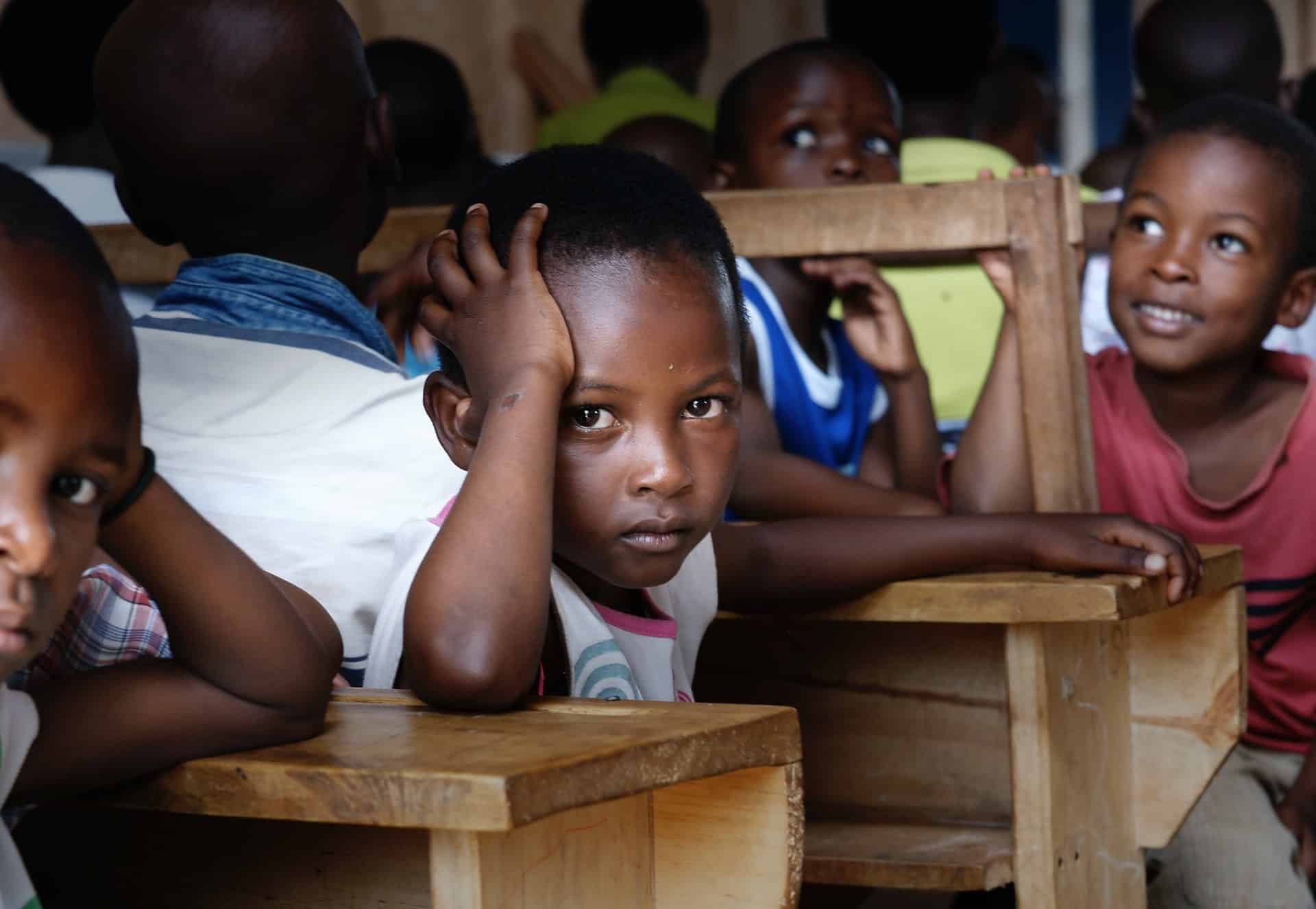
Primary school education in Haiti is compulsory.
Almost 80% of the school-aged children in the country can attend primary school. However, the families then become responsible to pay school fees after primary school. As a result, there’s a drop of only 20% of children attending secondary level education.
People from Haiti have a unique way of celebrating Christmas.
Just like any other country, Haitians celebrate Christmas every December 25. They mark the occasion by whitewashing tree trunks or painting their houses for the celebration.
Haiti has 2 official languages.
Haiti’s mother tongue is Creole but children in the country study in French. While 90% of the population speaks fluent Haitian Creole, French is also an official language in the country. Interestingly, Canada and Haiti are the only dependent nations in the Americas to have French as one of their official languages.
Port au Prince is Haiti's capital.
It is known to be the country’s most populous city. There’s a population estimate of around 2,618,894 in the metropolitan area. Its name means “Port of the Prince”. Historians say that it got its name from the ship Le Prince that arrived in the area in 1706.
There are famous artists and musicians from Haiti, too.
Probably one of the most famous musicians that come from Haiti is Wyclef Jean. He’s a Haitian-American actor, musician, and rapper. When he was 9, his family immigrated to the US. He is part of the founding members of “Fugees”. Their group had a series of hits worldwide in the 1990s. Because of this, Wyclef won three Grammy Awards for his contributions to the music industry.
Dishes and cuisines in Haiti are distinct.
Haitian dishes are known for their simplicity and boldness. Although it’s Creole in nature, most of their food preparation involves the use of a lot of spices and herbs. Generally, Haitian cooking styles mix African influences with Middle Eastern elements.
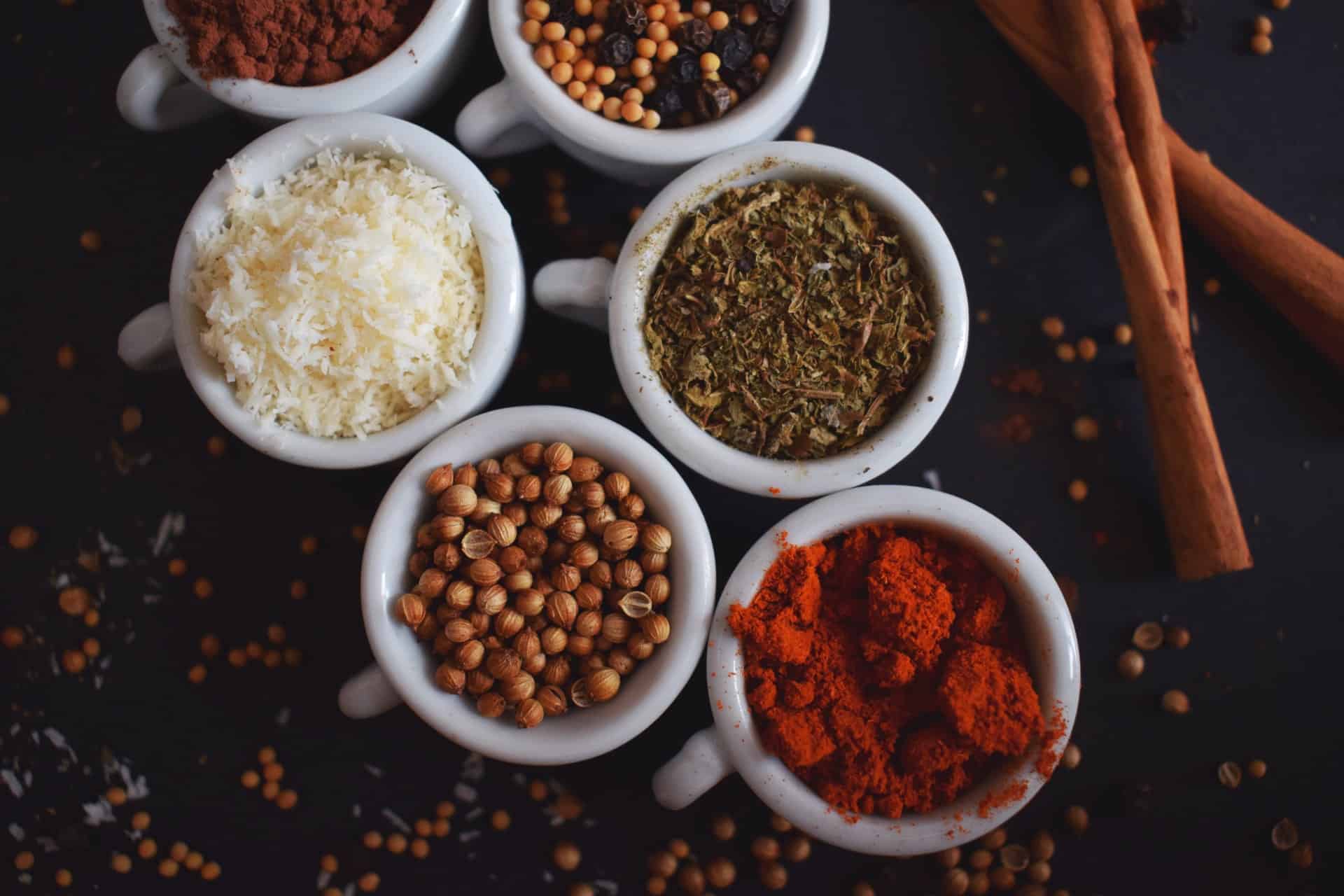
Haiti offers an easy process for divorce.
Unlike other countries where both spouses must be present to file the divorce, Haiti offers a more convenient option. A law passed in the 1970s allows for only one of the couple present during the hearings. This law does not have residency requirements, so you can visit the country for an offshore divorce.
Haiti's national anthem is La Dessalinienne.
In 1903, the Haitian government held a national anthem writing competition to commemorate the Haitian Revolution’s 100-year anniversary. The chosen and winning anthem was composed by Nicolas Geffrard and written by Justin Lhérisson. The message honored and praised Jean-Jacques Dessalines, Haiti’s first independent ruler who led the first successful revolution against the French colonizers in 1803.
The forests in Haiti are in danger.
Today, less than 2% of the natural forests in Haiti remain. Between the 1990s to 2011, the country lost around 12.9% of its vegetation. This is largely due to the plantation clearing that started from the 17th century onwards.
Haiti has high levels of biodiversity.
Despite its declining forests, Haiti is one of the countries in the Caribbean with the highest biodiversity levels. There are at least 5,600 species of plants and flora in the country. These species live in Haiti’s nine life zones that can range from the mountain tops to below sea level.
Haiti's first natives did cave paintings.
The first natives in the country, the Tainos, left many cave paintings found all over Haiti. Eventually, these paintings served as national symbols and became one of the most unique tourist attractions that you can find in the country.
Jacmel is known as Haiti's City of Light.
Known as the City of Light, Jacmel is the first place to have power and electricity in the whole Caribbean in 1925.
One of the most popular carnivals of the Caribbean is in Haiti.
Each year, Port au Prince holds the Haitian Carnival during the weeks that lead up to the actual Mardi Gras. As a big annual tourist attraction, it brings in the foreign currency that Haiti needs. Because of this, the government encourages other cities in the country to participate the celebration to grow as big as it can.
Haiti's traditional art makes them stand out among the rest.
The country is known for its symbolic, bold, and colorful paintings. Most of the pieces that their artists produce root from the country’s traditions and cultures. There are also schools throughout the country that guide young artists in pursuing symbolic painting. One of the most popular is the school of Saint-Solei, which draws heavily from Voodou traditions.
Haiti has one of the finest rums in the world.
Haiti is known for its export of its highly valued and traditional spirit called the Rhum Barbancourt. Made from the juice of sugar canes, its unique and distinct taste earned it a worldwide reputation as one of the world’s finest spirits and rums.
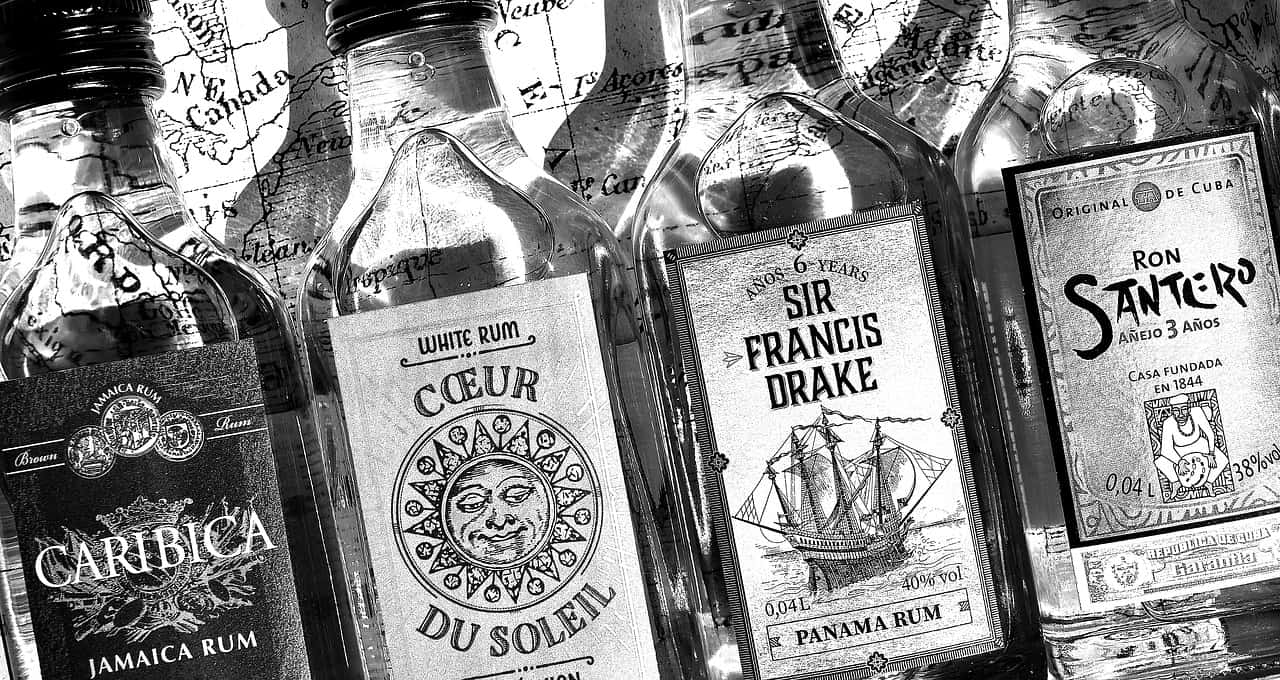
Haiti has the world's largest solar-operated healthcare facility.
Amidst the aftermath of the devastating earthquake in 2010, Haiti constructed the Hospital Universitaire de Mirebalais. Granted by Partners In Health, this facility still remains as the world’s largest solar-operated healthcare institution.
US Marines were sent to Haiti to restore the country's order.
In 1915, Former President Woodrow Wilson sent the Marines to restore order in the country. They ended up occupying the Republic of Haiti between 1915 until 1935.
Tourism is a large industry in Haiti.
Millions of visitors arrive in Haiti via cruise ship liners to lodge in a private resort called Labadee. Leased until 2050 to the Royal Caribbean International, Labadee got its name from the Frenchman Marquis de La Badie who was the first settler in the area during the 17th century.
Haiti has long endured cholera outbreaks.
In October 2010, a cholera outbreak plagued the country, claiming 6,600 in just a year. As of 2016, there have been 9,082 deaths and 771,000 cholera cases in the country since the outbreak. According to the Centers for Disease Control and Prevention (CDC), the outbreak was most likely brought by the UN peacekeepers coming from Nepal.
Only the wealthy have access to the internet and phones in Haiti.
Haiti ranks at the bottom of the Network Readiness Index (NRI) of the World Economic Forum of the countries in North America, which indicates a country’s information and technology development. Unlike other countries in the world, internet connection and mobile phones are only for the wealthy minority in Haiti, usually only for the capital’s business interests.
You can find five national parks in Haiti.
These are the La Visite National Park which features vast grasslands, mountains, and pine forests. The second one is the Labadee, a private rest and port in a secluded paradise. The third is the Sans-Souci Palace, which housed Haiti’s very first monarch. Fourth is the Bassin-Bleu with cobalt-blue pools and a combination of spectacular cascades. Finally, the Citadelle Laferrière is a fortress in the mountaintops.
The people from Haiti are fond of folk dances.
Haitians usually attend voodou ceremonies and folk dances. Almost half of the country’s population practice voodou in these festivities and events. The dance is based on Catholic beliefs and African slave traditions. However, Haitian culture also tries to integrate old traditions to the new ones.
Was this page helpful?
Our commitment to delivering trustworthy and engaging content is at the heart of what we do. Each fact on our site is contributed by real users like you, bringing a wealth of diverse insights and information. To ensure the highest standards of accuracy and reliability, our dedicated editors meticulously review each submission. This process guarantees that the facts we share are not only fascinating but also credible. Trust in our commitment to quality and authenticity as you explore and learn with us.

